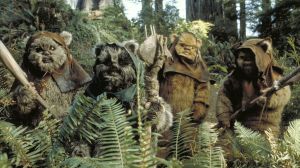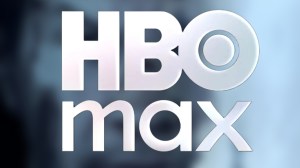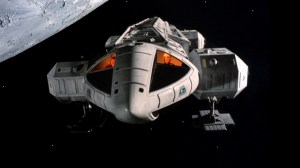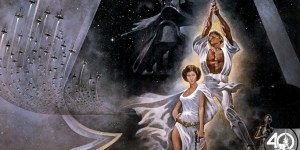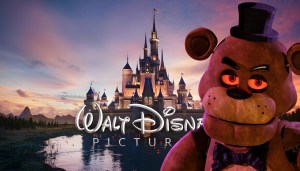With Deadpool & Wolverine serving as the first significant integration of the X-Men universe, Marvel Studios is now actively building toward a full-fledged mutant presence across their cinematic landscape. Furthermore, the announcement that Patrick Stewart, Ian McKellen, Kelsey Grammer, and other Fox X-Men veterans will appear in Avengers: Doomsday signals an immediate acknowledgment of the broader mutant mythology. Meanwhile, casting for Marvel’s own X-Men reboot is reportedly underway, with Harris Dickinson, Sadie Sink, and Julia Butters rumored for Cyclops, Jean Grey, and Kitty Pryde, respectively. With screenwriter Michael Lesslie developing the script for a post-Secret Wars release, the question isn’t if mutants will become central to the MCU, but rather which incarnation of Marvel’s premier mutant team will define this new era.
Videos by ComicBook.com
Throughout their comic book history, the X-Men have undergone several distinct evolutions, each reflecting different creative visions and cultural moments. These various team configurations offer Marvel Studios multiple templates for introducing mutants into their established universe. Marvel Studios plans their mutant-focused future, these five distinct periods provide proven frameworks that could be adapted to fit seamlessly within the MCU while maintaining what makes the X-Men unique,
The Claremont Era (1975-1991)
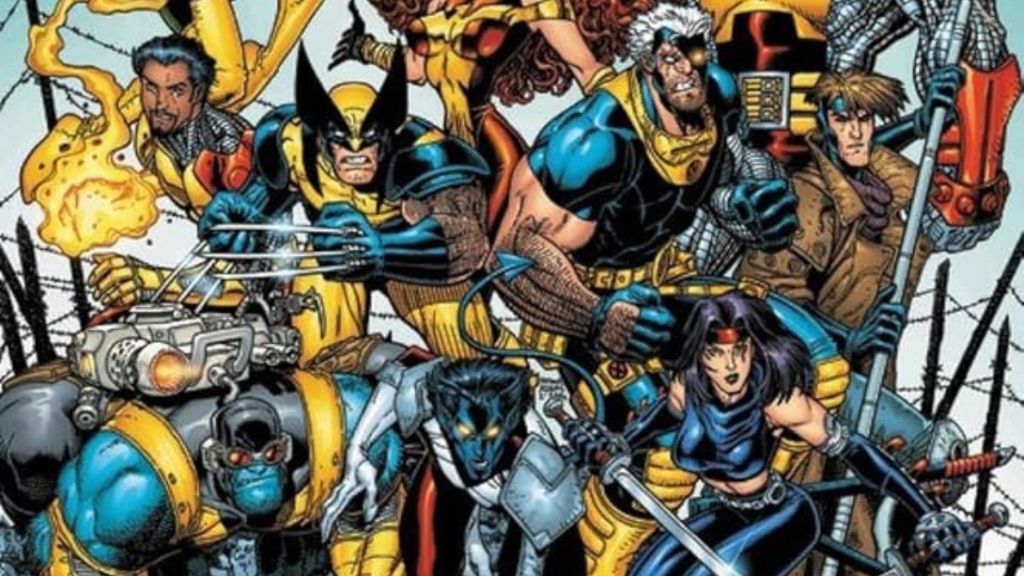
Under Chris Claremont’s unprecedented 16-year stewardship, the X-Men transformed from an underperforming title into Marvel’s crown jewel. This defining period introduced the international lineup most casual fans recognize today, featuring Storm, Nightcrawler, Colossus, and Wolverine alongside established characters like Cyclops and Jean Grey. Claremont’s storytelling balanced superhero spectacle with deeply personal character development, creating emotional investment alongside action-packed adventure. His X-Men battled everything from mutant-hunting robots to alien empires while navigating complex interpersonal relationships with long-running subplots that rewarded readers’ investment.
[RELATED: Marvel Already Revealed How They’ll Include the X-Men in Avengers: Doomsday]
The MCU could draw from the storytelling potential of this era by focusing initially on a core team with clearly defined personalities and interpersonal dynamics. Plus, Claremont’s exploration of prejudice would provide perfect thematic material for showing how the established MCU world reacts to mutants suddenly appearing in their midst. Finally, by adapting Claremont’s soap-operatic approach to team dynamics — where conflicts arose from personality clashes as often as supervillain schemes — Marvel Studios could create an X-Men franchise where audiences become as invested in the characters’ relationships as their world-saving missions. This would differentiate the X-Men from the Avengers, whose interpersonal dynamics typically take a backseat to their heroic responsibilities, allowing both franchises to coexist with distinct identities in the shared MCU. The MCU’s casting focus on Cyclops, Jean Grey, and Kitty Pryde already suggests Claremont’s influence, as these characters are prominently featured during his tenure.
The Blue and Gold Team Era (Early 1990s)

When the X-Men reached peak commercial popularity in the early 1990s, the franchise introduced a revolutionary concept by splitting its ever-expanding roster into two operational units: the Blue Team, led by Cyclops, and the Gold Team, led by Storm. This division launched a second flagship title alongside Uncanny X-Men and coincided with the wildly successful animated series that cemented the X-Men in popular culture. The Blue team, featuring the original five X-Men plus Wolverine, typically handled more traditional superhero missions, while the Gold team, including Storm, Colossus, and newer members, often tackled diplomatic situations and educational responsibilities.
This dual-team approach offers Marvel Studios an elegant solution for introducing numerous mutant characters without overwhelming audiences. The studio could establish an initial core team in their theatrical X-Men film while simultaneously developing a second group through Disney+ series, creating parallel storytelling opportunities that could eventually converge for major crossover events. The visually striking Jim Lee-designed costumes from this era — team uniforms with distinctive individual elements — would provide a cohesive yet unique look that distinguishes the X-Men from other MCU heroes. This bifurcated team structure would create a foundation for sustainable long-term storytelling that could eventually expand to include specialized groups like X-Force, Excalibur, or Generation X.
The Morrison Revolution (2001-2004)

Grant Morrison’s revolutionary 41-issue run reimagined the X-Men concept for the 21st century by emphasizing evolution rather than simply genetic mutation. Moving away from traditional superhero tropes, Morrison established a global mutant culture with its own fashion, slang, and political movements. The team adopted sleek black uniforms with distinctive yellow X emblems, creating a professional look that emphasized their role as educators and public figures rather than costumed adventurers. Morrison refocused attention on Xavier’s School as an actual educational institution, expanded the student body significantly, and introduced concepts like secondary mutations that gave established characters new abilities and story potential.
The MCU could leverage Morrison’s approach to establish mutants as an emerging evolutionary branch rather than just another variety of superhumans. This would help distinguish them from enhanced individuals like Spider-Man while providing a scientifically plausible explanation for why mutants are only now appearing in the MCU — perhaps as an evolutionary response to the energy released by the Infinity Stones or other reality-altering events. In addition, by adapting Morrison’s concept of mutant neighborhoods and cultural movements, Marvel Studios could explore how society gradually responds to mutation as a social phenomenon rather than treating mutants as isolated super-individuals. This sociological approach would provide rich thematic material that reflects contemporary discussions about identity and acceptance while maintaining the core X-Men themes of evolution and outsider status.
The Outback and Separated Years (Late 1980s)

One of the most distinctive periods in X-Men history began when the team was presumed dead following a massive battle and relocated to an abandoned town in the Australian outback. This late 1980s era featured an unconventional roster, including a depowered Storm, technopathic Forge, energy-absorbing Rogue, and the radically transformed Psylocke. Operating from the shadows against threats the world never knew existed, this version of the X-Men relied on guerrilla tactics rather than direct confrontation while dealing with their own personal transformations and traumas. The team’s isolation from both human society and the broader superhero community created a unique dynamic where they could pursue their mission without public scrutiny or expectations.
The Outback era’s focus on a smaller, tightly-knit team facing existential threats would create immediate dramatic stakes without requiring extensive worldbuilding first. For an MCU increasingly exploring darker themes post-Endgame, this era’s more mature storytelling would distinguish the X-Men from the occasionally lighter tone of other properties while maintaining accessibility for general audiences. The period’s emphasis on characters reinventing themselves after a profound loss would also resonate with an MCU recovering from the Infinity Saga’s conclusion, creating thematic parallels that tie the X-Men to the broader cinematic universe while maintaining their unique identity.
The Krakoa Revolution (2019-2022)
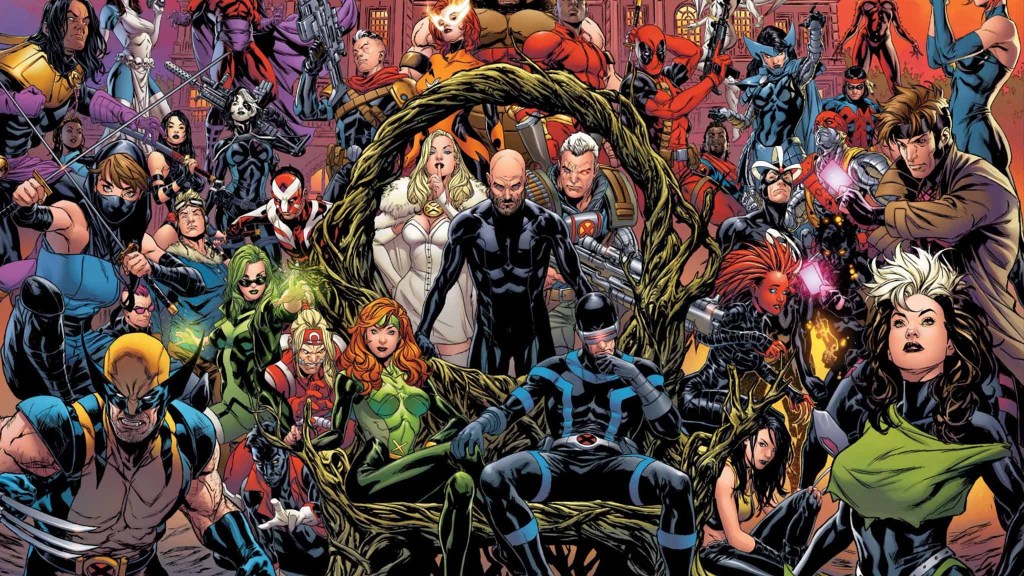
Jonathan Hickman’s ambitious “House of X/Powers of X” storyline and subsequent “Krakoa Era” completely reimagined the X-Men’s place in the Marvel Universe by establishing a sovereign mutant nation on the living island of Krakoa. This revolutionary approach moved beyond the traditional “protecting a world that hates and fears them” framework to explore what happens when mutants collectively decide to forge their own destiny. Hickman introduced game-changing concepts, including resurrection protocols that allowed mutants to overcome death, a governing Quiet Council comprised of former enemies now working together, and mutant-created medications that transformed the global economy and provided diplomatic leverage for the new nation.
The MCU could draw from this recent reimagining to immediately establish mutants as a significant geopolitical force rather than just another superhero team. By positioning them as a rising power with unique technological and evolutionary advantages, Marvel Studios would create fascinating tensions with established MCU nations like Wakanda and Talokan. The Krakoan era’s moral complexity — where traditional villains like Magneto serve alongside heroes for mutant prosperity — would also provide nuanced character dynamics beyond simple black-and-white morality. For an MCU that is increasingly exploring moral gray areas in projects like Daredevil: Born Again and Thunderbolts*, this approach offers dramatic potential without replicating story elements from previous X-Men films.
What era of X-Men stories would you like the MCU to adapt the most? Let us know in the comments!

